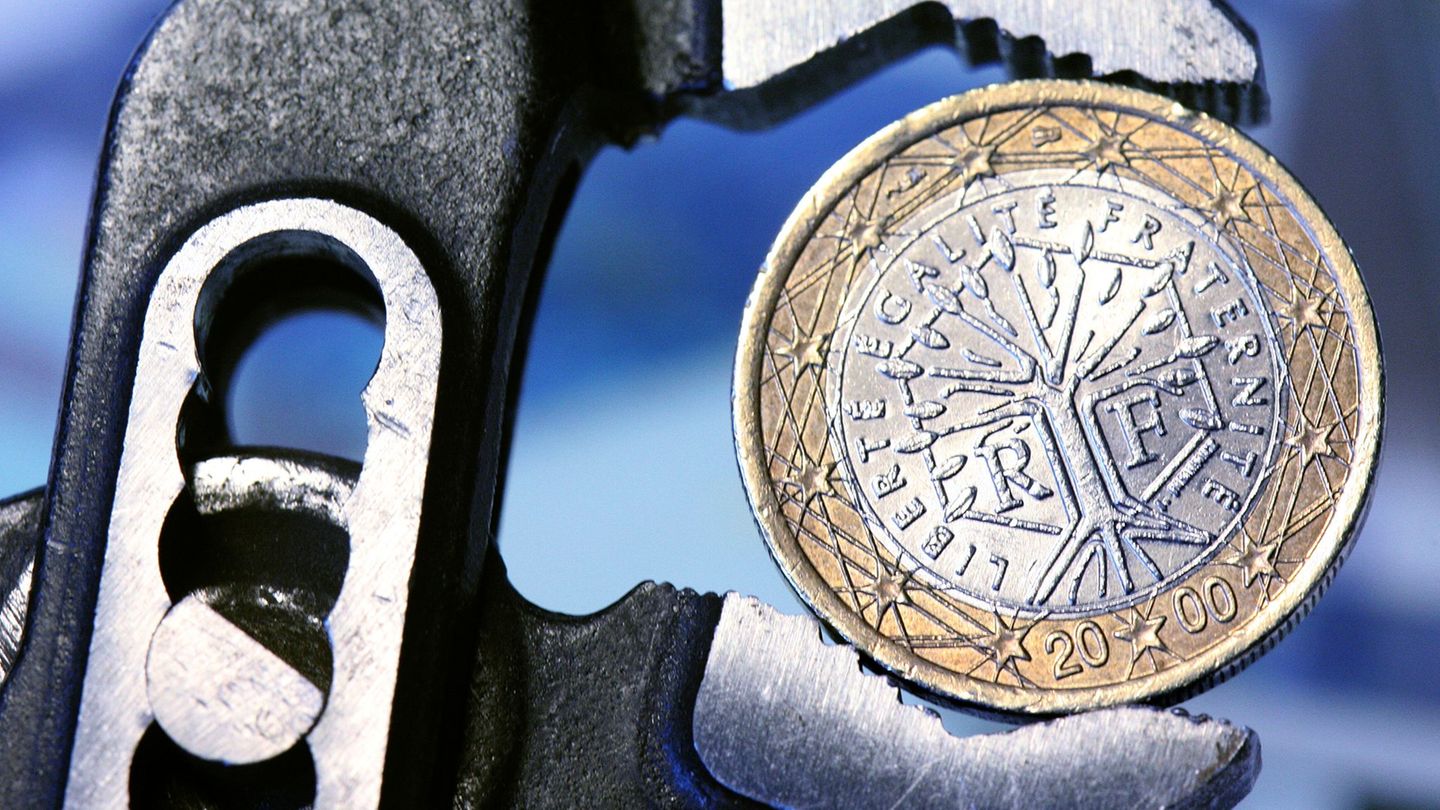The Government has adopted an aggressive tax and monetary strategywith a central bank that seeks to reduce the monetary base, deactivate inflation financing instruments such as paid liabilities and progressively clean up their balance sheet. In addition, the Ministry of Economy has been implementing short -term debt exchanges every two weeks, which has allowed to extend maturity and decompress immediate financial pressures.
However, inflation does not yield as quickly as the National Executive wishes. The disintexation of contracts and rates, added to the sincereness of relative prices, has generated a correction of repressed prices that, although necessary, maintains the monthly variation of the price index. To this is added that inflationary expectations are still high, with entrepreneurs and consumers who adjust their decisions to the perception that inflation will continue to be a problem at least for much of 2025. Inflation, in addition, it is a phenomenon that directly erodes the purchasing power, especially in a country with high labor informality and little coverage of income against the price rise.
The deterioration of purchasing power is the second great edge to consider. The combination of high inflation, fiscal adjustment and price liberalization impacted fully on real wages. According to recent INDEC data, unemployment climbed 7.9% in the first quarter of 2025, reflecting the difficulty of the economy to absorb the transition to a new pricing scheme and rules of the game. The contraction of the activity in some sectors of the economy and the fall of consumption have strongly hit the labor market, especially in sectors linked to domestic demand.
To recover the purchasing power, the government needs to advance in the consolidation of the deflationary process, without contemplating sudden devaluative expectations that in the medium term put in check again the scheme of reduction of interest rates, economic stability and market confidence and investors in the applied plan. The stabilization would allow nominal wages to begin to gain ground on prices, while the elimination of distortions and obstacles to trade could generate a decrease in the costs of many goods and services. However, this requires time, consistency and the generation of positive expectations.
The third edge is the attraction of investments. The vision of the government is that the opening of the economy and the elimination of exchange restrictions will lay the foundations for a greater arrival of foreign direct investments (FDI). In this sense, multilateral credit organizations and international banks have begun to show signals of support to the transformation process. Recently, the JP Morgan recommended to its customers the purchase of LECAP (Capitalizable Treasury Lyrics) as an attractive option to invest in Argentina, highlighting the improvement of local financial conditions and the correction of some macroeconomic vulnerabilities.
Investments are fundamental to energize the economy, generate employment and increase productivity. However, capitals demand clear rules, legal certainty and stability. The recent periodic debt policy that has been promoting the Ministry of Economy is positively valued, since it allows to order the maturity profile and reduce the risk of liquidity crisis. However, the challenge will be to sustain this dynamic over time and move towards an increasingly predictable public debt market and less dependent on short -term emissions.
The role of direct foreign investments, in addition, is particularly relevant in sectors such as energy, mining and technology, where Argentina has comparative advantages. The possibility of developing Muerta Vaca, expanding lithium production and strengthening logistics infrastructure can be a sustainable growth engine if the business climate accompanies.
In parallel, inflation is also intertwined with global efforts to travel towards a more sustainable economy. The concept of eco-inflation, understood as the transitory price increase due to the incorporation of stricter environmental standards, begins to have greater relevance. Argentina is not exempt from this phenomenon and must find a balance between the need for competitiveness and the demand for sustainability required by international markets.
The government then faces a challenging path. The success of its management will depend on its ability to reduce inflation consistently, recover the purchasing power of the population without resorting to populist shortcuts, and build a conducive climate for investments, both local and foreign. It is not about choosing a single priority, but about simultaneously advancing in these three dimensions.
Inflation, as an Argentine historical problem, will not yield without a deep change in expectations. In this sense, credibility is the most valuable asset that the government can build. Each measure, each ad and each result must aim to consolidate the idea that Argentina can be a stable country again. The fiscal order is a necessary but not sufficient condition: coordination between monetary, fiscal, exchange and income policy will be key to avoiding mismatches that can retrace what is achieved.
The purchasing power will not be recovered by decree or through price controls that, in the past, proved to be ineffective. The improvement of real wages requires inflation by lowering and an economy that grows and generates quality employment. In this sense, labor reforms and the formalization of the economy must be on the agenda to allow growth to be inclusive and sustainable.
As for investments, the JP Morgan signal to recommend LECAP and the predisposition of multilateral organisms are encouraging steps. But international capitals are very sensitive to political instability, normative volatility and the possibility of abrupt changes in the rules of the game. Therefore, institutional consolidation and transparency will be indispensable conditions for attracting long -term investment flows.
The Government has achieved some initial advances in the accumulation of reserves and in the normalization of some markets, but the road is long and full of risks. Debt exchanges are valuable tools to manage the transition, but do not replace the need to resolve the structural causes of recurrent indebtedness.
In short, inflation, purchasing power and investments are not stagnant compartments. They are feedback and, in many cases, advances in one of these dimensions can enhance or hinder progress in others. High inflation discourages investment and deteriorates purchasing power. A purchasing power in fall affects demand and limits growth capacity. The lack of investments prevents increasing productivity and sustaining disinflation without affecting the activity.
The Government must intelligence these tensions. It is not easy to coordinate a stabilization program in a context of high social and political volatility. But it is possible if basic consensus are built and the expectations are aligned towards a medium -term path.
The future of Argentina will depend, to a large extent, on the ability to sustain this effort. The challenge is not only economic, but also political and institutional. Inflation, purchasing power and investments are the three essential edges for the Milei government to succeed. Each of them requires time, consistency and will to change. The opportunity is on the table, but so is the risk of not achieving it.
Financial Analyst
Source: Ambito
David William is a talented author who has made a name for himself in the world of writing. He is a professional author who writes on a wide range of topics, from general interest to opinion news. David is currently working as a writer at 24 hours worlds where he brings his unique perspective and in-depth research to his articles, making them both informative and engaging.




